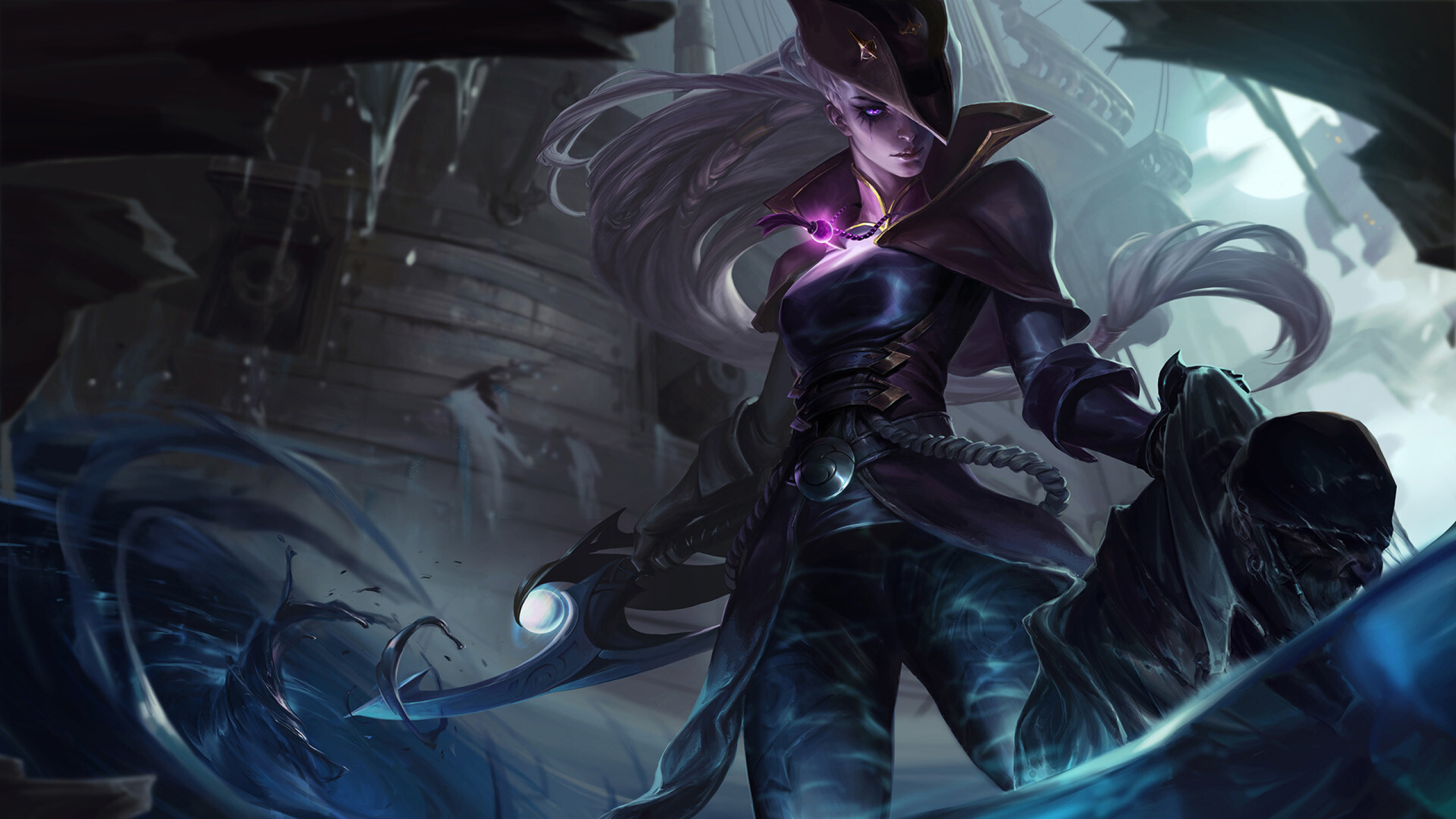
You should, however, prioritize smooth performance over extra “real estate” to dodge and throw skill shots over. Pros are limited to 1920x1080 on stage, but there is no limit for you. Unlike with some first-person shooters, you don’t really murder the quality to increase visibility in League of Legends. This comes down to personal preference, as long as you can maintain the capped frame rate. After all, older games do not always handle high-end machines of today well, and League comes from 2009. Riot Games themselves advise pro players to keep cap their frame rates at 144 (144Hz monitors were the esports industry standard at the time). You should cap the frame rate to your monitor’s refresh rate, as this prevents frame skipping and jitters. It leads to input lag, as you get to see gameplay-relevant frames later than you would. The fault lies with implementation: your client buffers excessive frames to stay at the same pace. It forces the game to match your screen’s refresh rate. This one is pretty simple: disable V-Sync.
#1920X1080 LEAGUE OF LEGENDS FULL#
As a result, our basic recommendation is to stick with full screen or window, although you can experiment with borderless at your own risk. There have been no reports of that for League, but some players have traced occasional FPS drops to Borderless. It could be salvation for many people that struggle to keep up with the minimap and the game at the same time.īorderless mode generally catches flak in the gaming community, as it sometimes adds input lag. Besides, reducing the size of the gameplay window makes it easier to look around the screen.

Supports often utilize that to track summoner spells in the notepad.

Some pros, however, prefer to play in window mode. The default behavior here would be sticking to full screen. Most of the settings have no hardware requirements, so you can replicate Settings for LoL that Pro Players use. Although League of Legends is no Counter-Strike, there are still a few key settings to improve your gameplay.


 0 kommentar(er)
0 kommentar(er)
